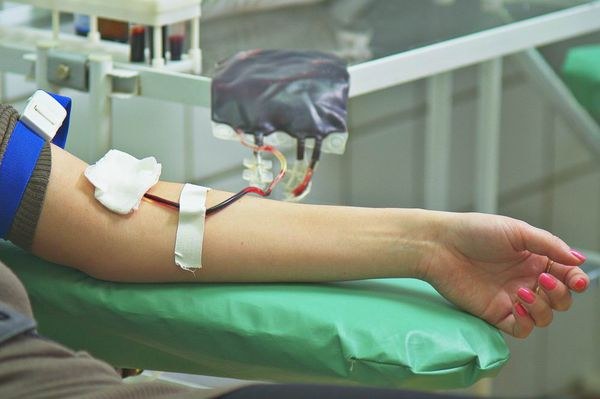Instruction
1
Hemotransmissive diseases spread everywhere. To infectious diseases transmitted through blood are: AIDS, syphilis, hepatitis, brucellosis, typhus, tularemia, leprosy. Parasitological diseases that can be transmitted to a healthy person from the patient through the blood, including echinococcosis, toxoplasmosis, trypanosomiasis, filariasis, leishmaniasis.
2
AIDS – acquired immunodeficiency syndrome developing in the result of action on the immune system of human immunodeficiency virus (HIV). There is a loss of cells of the immune system, Central nervous system, red and white blood. Syphilis is a chronic systemic disease caused by the bacterium Treponema pallidum (pale Treponema). Characterized by lesions of the skin, mucous membranes, internal organs, bones, nervous system with a consecutive change of stages of the disease. Viral hepatitis — inflammation of liver tissue caused by viruses belonging to different species and differ in biochemical characteristics: the hepatitis a virus, hepatitis b virus, hepatitis C Brucellosis is an acute or chronic disease characterized by lesions of the nervous system, bones and joints. Leprosy is a chronic disease affecting skin, peripheral nervous system, eyes, hands and feet.
3
Echinococcosis is a disease caused by Echinococcus. Accompanied by liver, lungs, brain, muscles and kidneys. Toxoplasmosis – a disease which is the causative agent Toxoplasma gondii. Symptoms: fever, enlarged liver, spleen, headache, vomiting. Filariasis — helminth disease affecting the subcutaneous tissue, serous membranes, eyes, lymph nodes. Leishmaniasis - a disease which are accompanied with ulcers of the skin and mucous membranes, with severe lesions of internal organs.
4
Depending on the way of contact with infected blood, there are high minor very low risk of the disease. Puncture the skin with a sharp object that has infected blood, the bite to the blood the sick person, in the saliva of which contained blood, talking about the high risk of infection. Getting blood in eyes, mouth, nose, cut, abrasion or scrape is a minor risk of the disease. Very low risk of infection is considered to be the ingress of blood to the healthy intact skin.
5
Preventive measures aimed at reducing the possibility of infection hemotransmissive diseases, are: the sanitary and educational enlightenment among the population, drug prevention, proper sterilization of medical instruments, barbed and cutting objects, extensive use of syringes and needles are single use, the use of personal protection equipment, medical personnel in contact with infected persons, careful control of blood.
